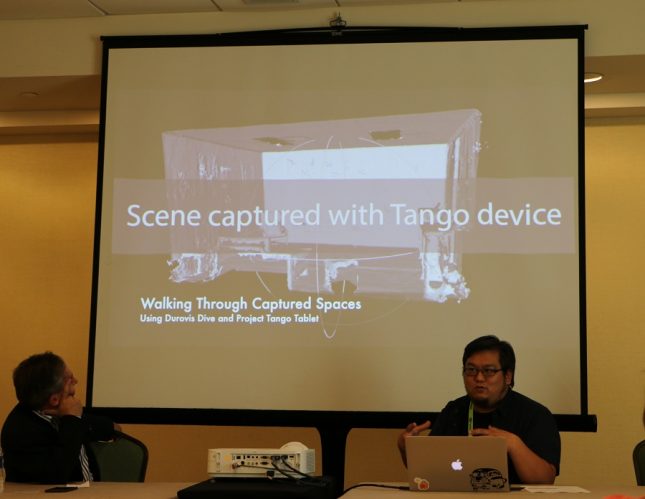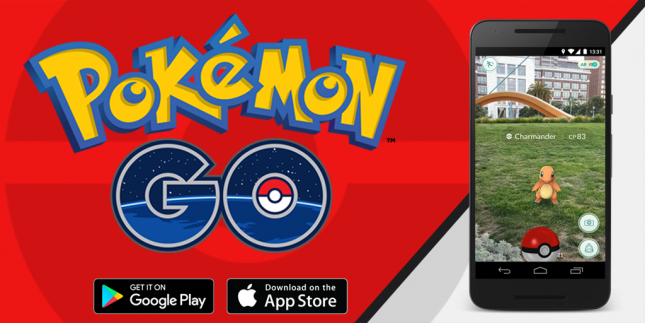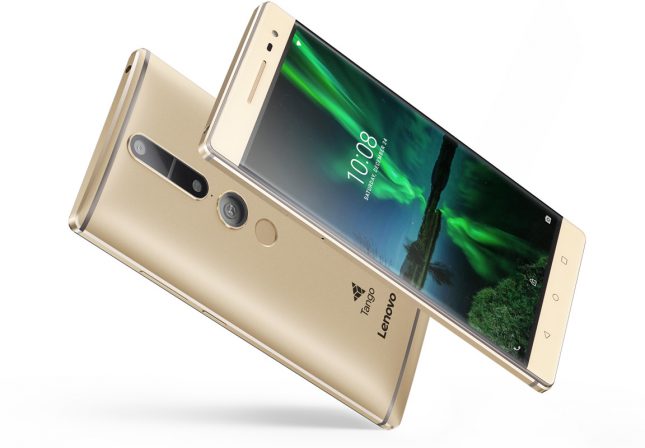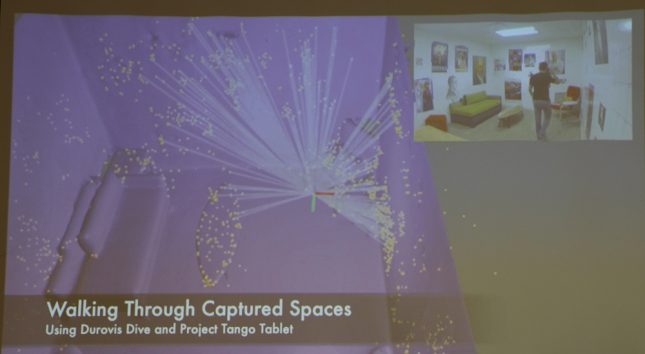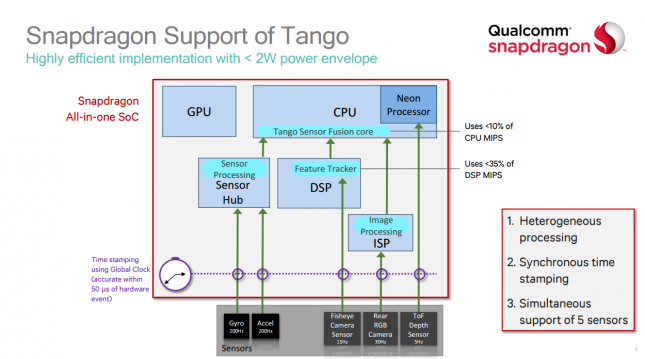Qualcomm Ready To Capitalize On AR Gaming Craze With Tango
Legit Reviews was able to attend a briefing put together by Qualcomm on Googles Project Tango platform yesterday at Siggraph 2016. The panel consisted of Seshu Madhavapeddy, Vice President of Mobile Computing at Qualcomm and Johnny Lee, Technical Program Lead at Google. The panel discussed what Project Tango is and talked about what a Tango-enabled future be like.
The first Project Tango phablet device will arrive this September and that would be the Lenovo Phab2 Pro smartphone. Tango (formerly named Project Tango) is a technology platform developed and authored by Google that uses computer vision to enable mobile devices, such as smartphones and tablets, to detect their position relative to the world around them without using GPS or other external signals. Tango is set to bring huge advancements to augmented reality and virtual reality fans as youll have true 6 degrees of freedom. This will usher in the era of games and apps that allow objects and information be overlaid onto the real world.
Pokmon Go was only recently released and is already one of the most popular games ever released and shows how augmented reality (AR) is going to change daily life. Pokmon Go is a game that successfully overlayed digital animations onto the real world seen through your mobile devices camera and screen, which is augmented reality (AR). Pokmon Go is raising awareness that you need a good display, processor, graphics processor and plenty of battery life as always-on screen game with prolonged cameras use can be tough on mobile devices.
This is where upcoming devices like the Lenovo Phab 2 Pro built using the Tango platform are starting to look really interesting. The Phab2Pro features a 6.4-inch monster display and is powered by the Qualcomm Snapdragon 652 SoC (1.8GHz Octa-Core) along with 4GB of RAM that is capable of handling the data flow from the phones three cameras when they are all working at the same time. The Phab 2 Pros main rear facing 16MP camera is normal, but the other two are special; the second camera features a fish eye lens and the third and final camera uses a special lens that measures depth. Positional errors are something that happens and according to Google, the rear facing camera helps correct the accelerometer, which keeps the positional error at around 1%. Not bad, but over 100 meters that would still have you at up to 1 meter off.
The data from these three cameras along with the phones accelerometer and gyroscope will allow upcoming smartphones and tablets to do things that no other mobile device can do. Examples would be area learning, depth sensing and motion tracking. These features will revolutionize apps as AR games could use the devices situational awareness to seamlessly blend virtual objects with the real world.
The Tango technology allows the device to learn or ‘attach’ itself to a room by making note of landmarks. Each time you pass by the same area again it becomes more accurate of the landmarks. By mapping areas the device is able to know where it is positioned in the room and that unlocks all sorts of AR apps.
All of the processing is done on the Snapdragon processor as no co-processors off the SoC are needed. The Snapdragon 652 SoC contains the usual CPU and GPU blocks, but also happens to contain a DSP (feature tracker), sensory hub processor (computation of data from accelerator) and an ISP (processes data from rear camera). These are custom cores that were designed to do handle applications that take advantage of the Tango platform. This leaves the GPU free for running applications as the other custom logic on the SoC are handling the other tasks.
- Simultaneous support of 5 sensors
- Synchronous time stamping
- Heterogeneous processing
The Lenovo Phab2 is priced at $499 without any carrier restrictions and it will be out by the end of Q3 2016. It features a 4050mAh non-removable battery and runs Android 6.0 with additional libraries to be Tango compliant.
If a camera and GPS brought forth AR games like Pokmon Go, just wait to see what Tango will unlock. There are also applications outside of smartphones and tablets as this technology can be used in robots to help them better learn their surroundings, location based wearables, smarter action cameras with telemetry data and any device that needs help moving more accurately.

